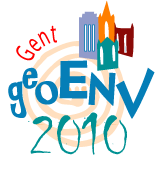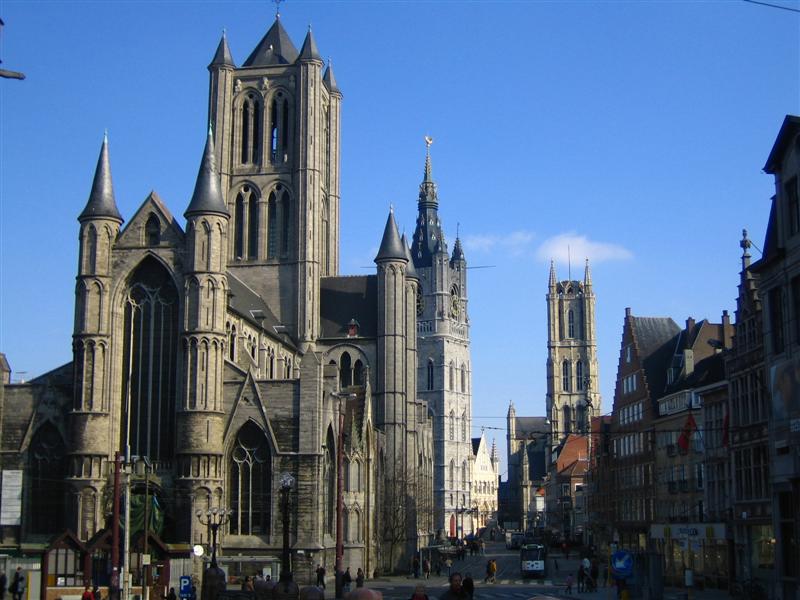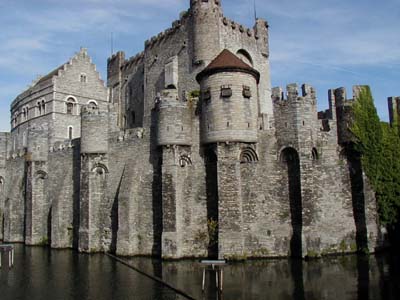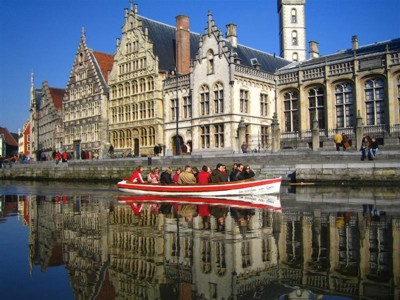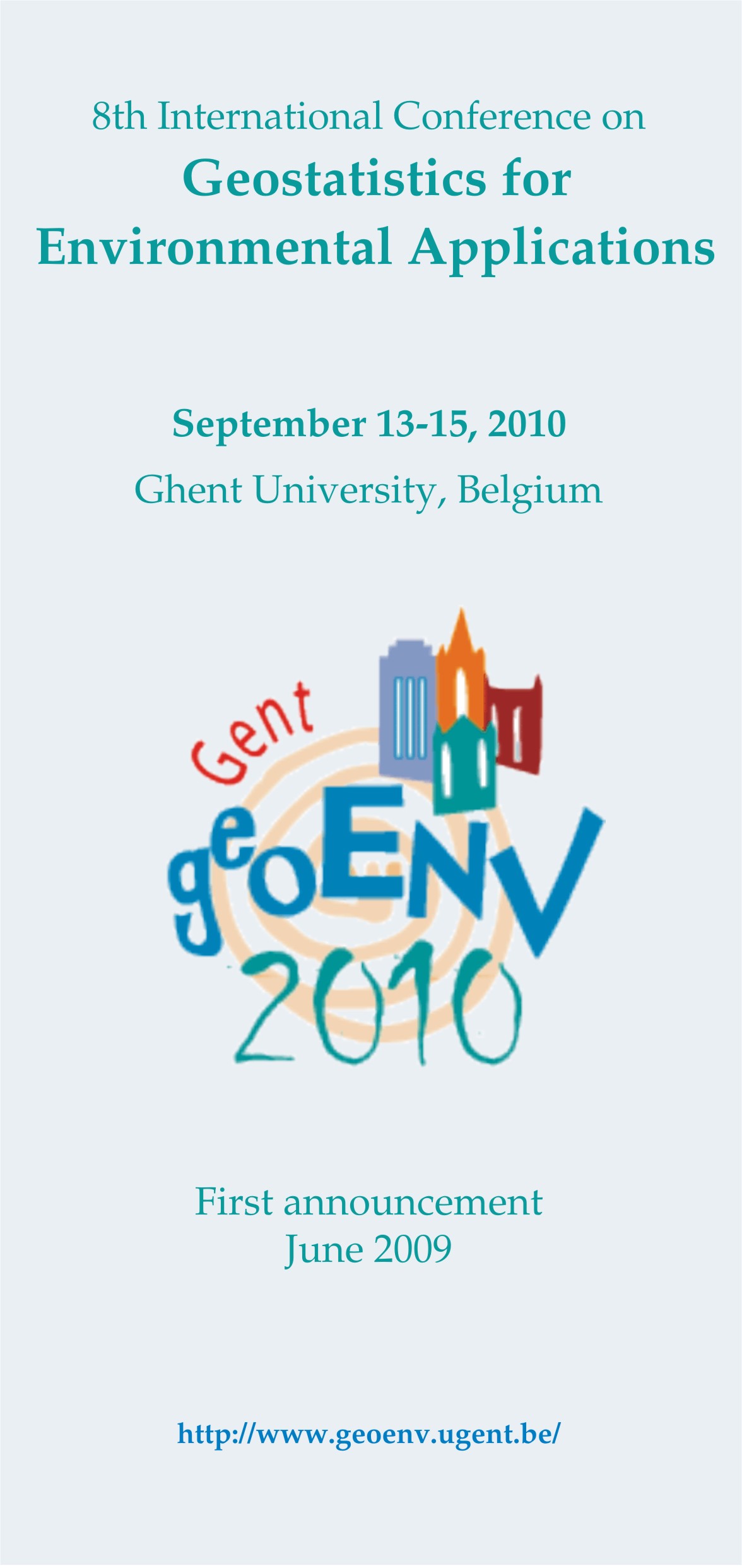Keynote: Spatial modeling with ensembles in metric space
Jef Caers
State-of-the-art
Building 3D models using geostatistical estimation and simulation methods at the same time constraining them to a variety of data is now routinely applied in areas such as reservoir modeling, aquifer modeling or mineral deposits estimation. The goal of such modeling studies is rarely the 3D model itself. Often some post-processing through a response function (multiphase flow simulation, decision trees) or optimization code (well planning, contaminant clean-up) is required to address the practical engineering question at hand. While significant progress has been made in each expert discipline (data interpretation and integration, importing geological realism, inverse modeling etc..) an all encompassing framework from data to decision is still largely lacking. There are several reasons for this. Traditional Monte Carlo approaches are infeasible mostly due to the large number of uncertain parameters involved in 3D modeling (data uncertainty, model uncertainty, parameter uncertainty, spatial uncertainty,…) and because it is (still) infeasible to apply response functions or optimization algorithms when uncertainty is represented by 100s or even 1000s of alternative 3D models. This is especially the case when the response function is CPU demanding, for example when it presents itself in the form of some finite element or finite difference code. Experimental design and response surface techniques have been proposed as solutions but they mostly treat non-spatial variables, work well for low-dimensional problems and are limited in scope due to their formulation in least-squares theory. Bayesian techniques often require limiting model assumptions as well as CPU prohibitive sampling time to be applied to real problems.
Ensembles in metric space
To overcome the disconnection between large-scale 3D spatial modeling and the actual purpose for which these models are used we proposed to define formulate any probabilistic framework for 3D modeling in a metric space defined by a distance that is related to the modeling purpose. Such distance allows to
1. Map complex high-dimensional models into a lower dimensional metric space using multi-dimensional scaling a kernel-based feature representation (for non-Euclidean measures)
2. Incorporate the purpose of the application into the geostatistical modeling effort
3. Generate an ensemble of 3D models instead of generating one model at a time In this presentation I will lay out the basic theory behind modeling with ensemble of models in metric space as well as techniques for choosing and evaluating the distance retained. I will illustrate the simplicity and power of this theory by various practical applications on large 3D dataset, including:
1. How to assess response uncertainty when the forward model is CPU demanding.
2. How an ensemble of realizations can be summarized, hence parameterized with a few standard Gaussian variables through distance-based Karhoene-Loeve expansions in metric space and how such parameterization is useful in solving optimization problems under uncertainty.
3. How multiple inverse solutions can be jointly generated without needing to rely on least-squares techniques such ensemble Kalman filters which have limiting modeling assumptions.
